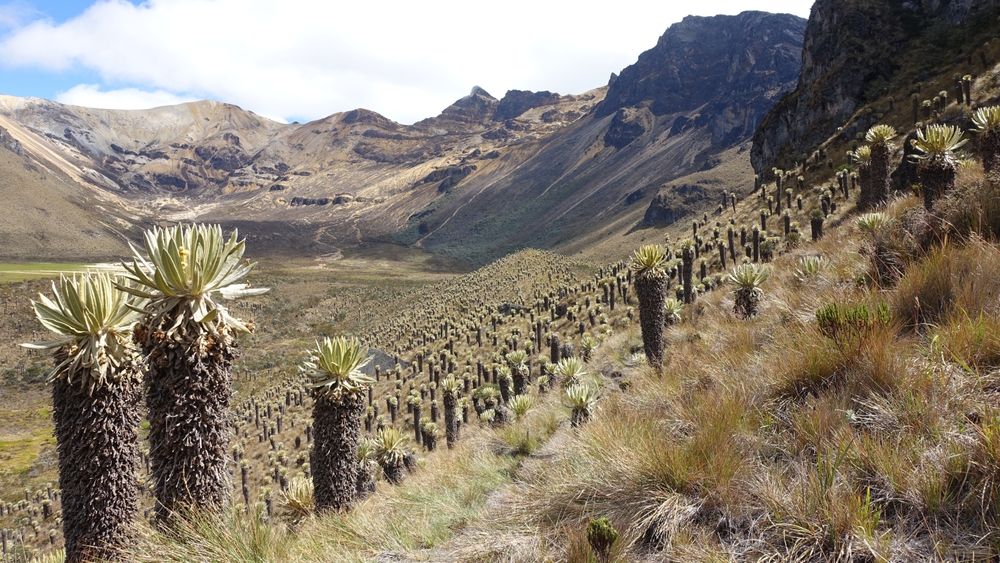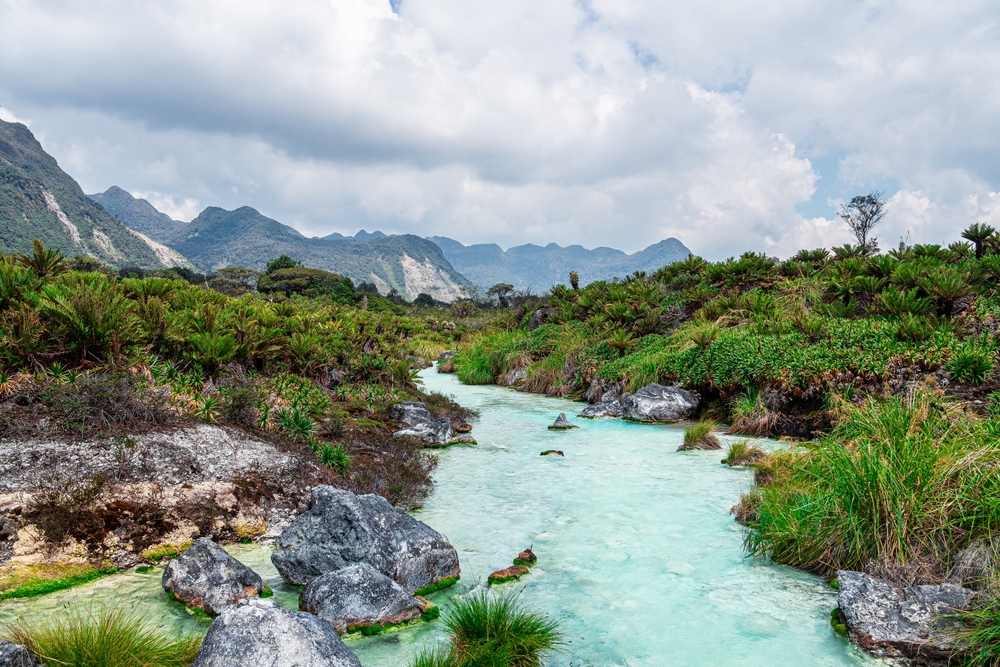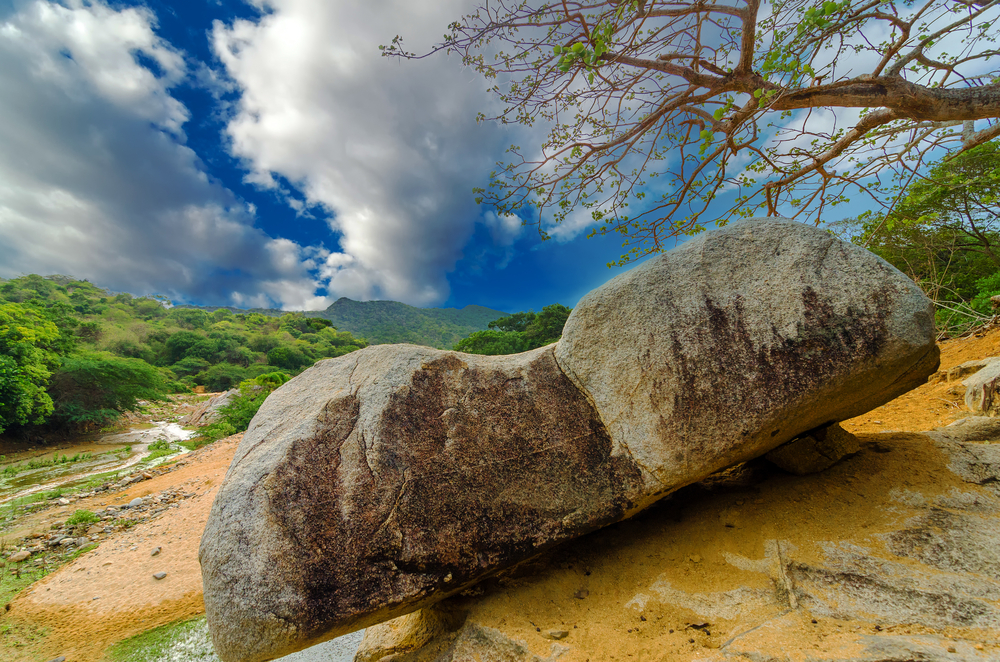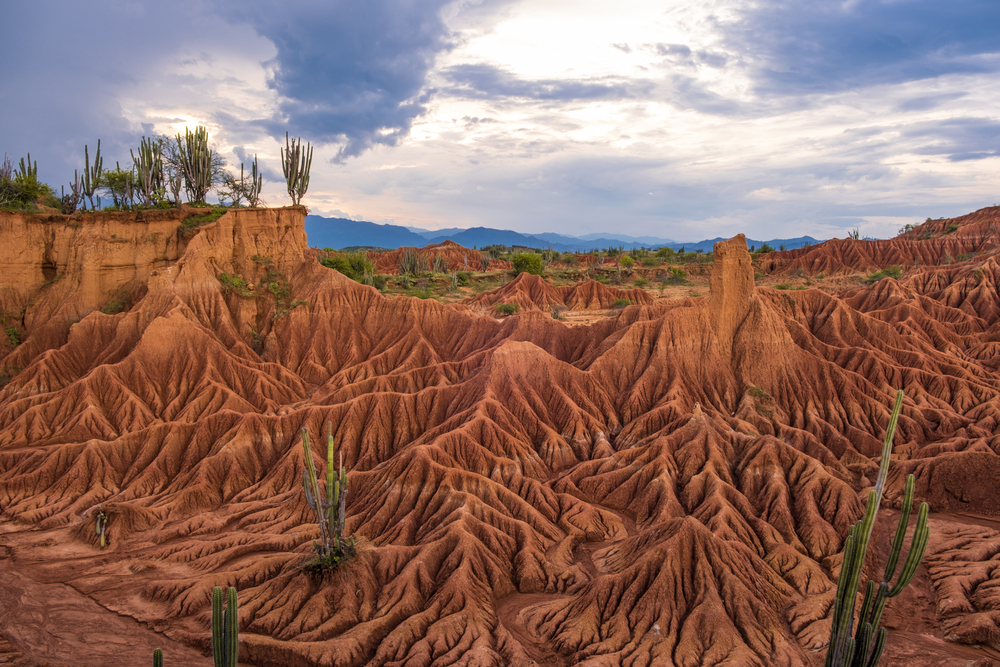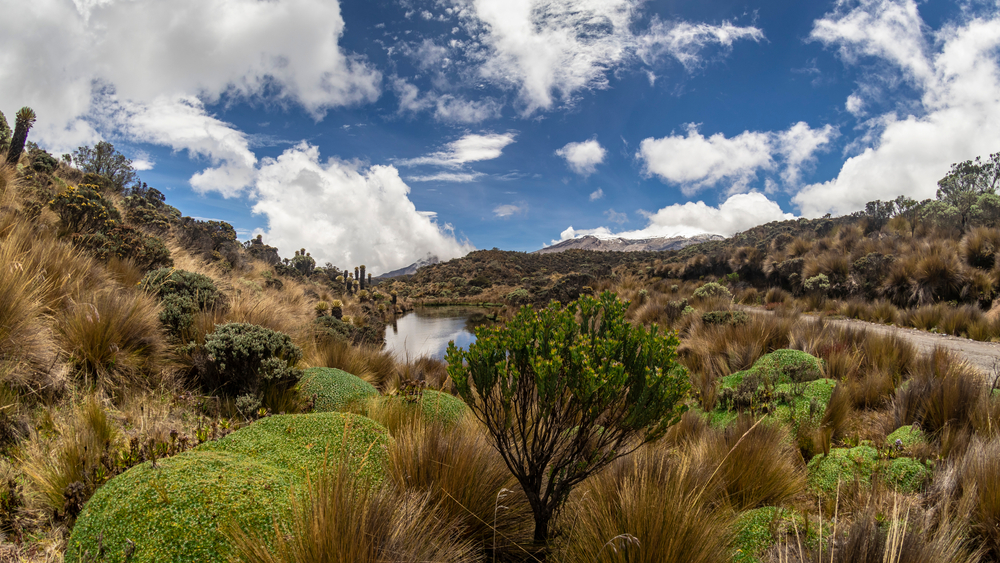Serranía de Chiribiquete Overview
Serranía de Chiribiquete National Park, known as Parque Nacional Natural Serranía de Chiribiquete in Spanish, is the largest national park in Colombia and one of the most biodiverse regions in the world.
Covering approximately 46,751 square miles (121,130 square kilometers), the park is located in the Amazon basin, extending into the departments of Guaviare and Caquetá. This vast protected area is not only a crucial ecological zone but also a cultural treasure, with ancient rock art sites that date back thousands of years.
The park’s terrain is dominated by dramatic tepuis—table-top mountains that rise abruptly from the surrounding rainforest. These towering sandstone formations, some exceeding 3,280 feet (1,000 meters) in height, create an otherworldly landscape.
The dense jungle below is interwoven with rivers, waterfalls, and savannas, contributing to a wide range of ecosystems within the park. The Chiribiquete Mountains are the park’s defining geographic feature, and the landscape’s isolation has led to the evolution of unique plant species. The vegetation consists of tropical rainforest, gallery forests, and open savanna areas, making it a crucial part of the Amazon biome.
Wildlife in Serranía de Chiribiquete National Park is extraordinarily diverse, with many species that are rarely seen elsewhere due to the park’s remote nature. Large mammals such as jaguars, pumas, and giant otters roam the dense forests, while endangered species like the lowland tapir and white-lipped peccary also inhabit the region.
The park is home to an exceptional variety of primates, including the red howler monkey and the brown woolly monkey. Birdlife is equally impressive, with more than 500 recorded species, including macaws, harpy eagles, and the rare Chiribiquete emerald hummingbird, which is endemic to the park. The complex network of rivers and wetlands provides habitat for caimans, turtles, and countless amphibians, many of which are yet to be fully studied.
One of the most remarkable aspects of Serranía de Chiribiquete is its cultural heritage. The park contains thousands of ancient rock paintings, some estimated to be over 20,000 years old.
These pictographs, found on the vertical walls of the tepuis, depict scenes of hunting, animals, and shamanistic rituals, providing invaluable insights into the region’s early inhabitants. Many indigenous communities still consider the area sacred, and some uncontacted tribes are believed to reside deep within the park.
Due to its ecological and cultural significance, Serranía de Chiribiquete is not open for general tourism, ensuring the protection of both its biodiversity and indigenous groups. However, visitors can experience the park through aerial overflights, which provide breathtaking views of the tepuis, rivers, and vast jungle canopy.
Conservationists and scientists conduct limited research expeditions, but strict regulations are in place to minimize human impact. The park was designated a UNESCO World Heritage Site in 2018, reinforcing its global importance.
Serranía de Chiribiquete faces conservation challenges, including threats from illegal deforestation, mining, and land encroachment. However, strong efforts by the Colombian government and international conservation organizations have helped enforce protections and expand the park’s boundaries.
Surveillance and anti-deforestation programs continue to combat environmental damage, while collaborations with indigenous groups support sustainable conservation efforts. The park remains one of the last great wilderness frontiers, a testament to the untouched beauty and mystery of the Amazon.











































































